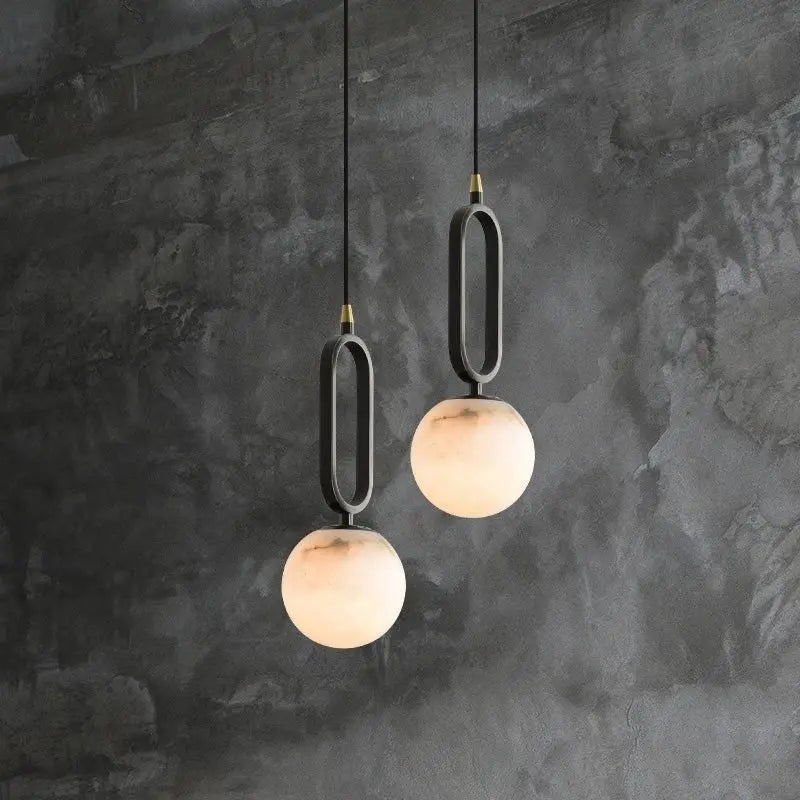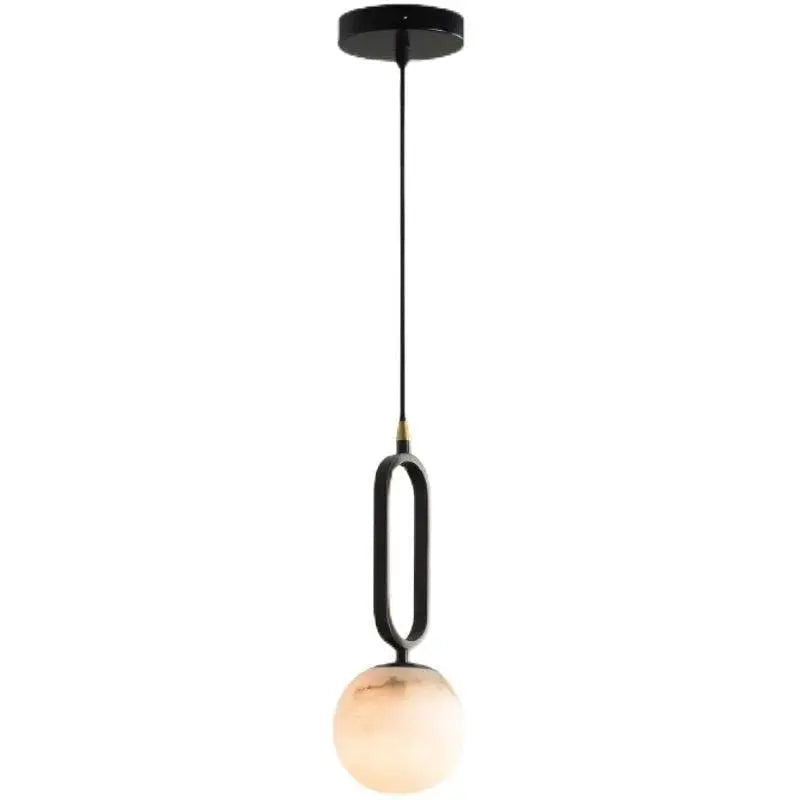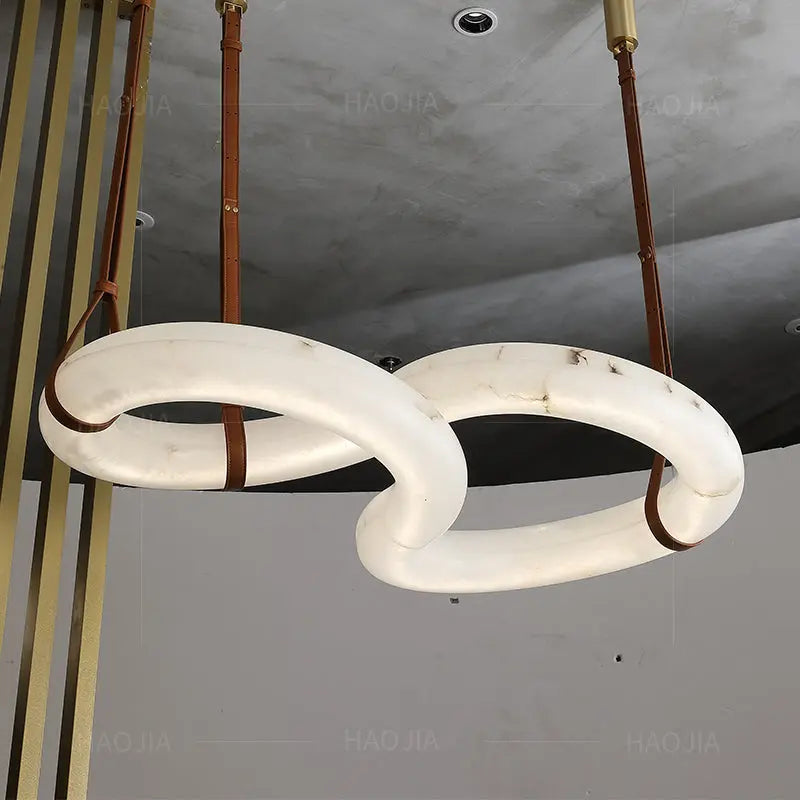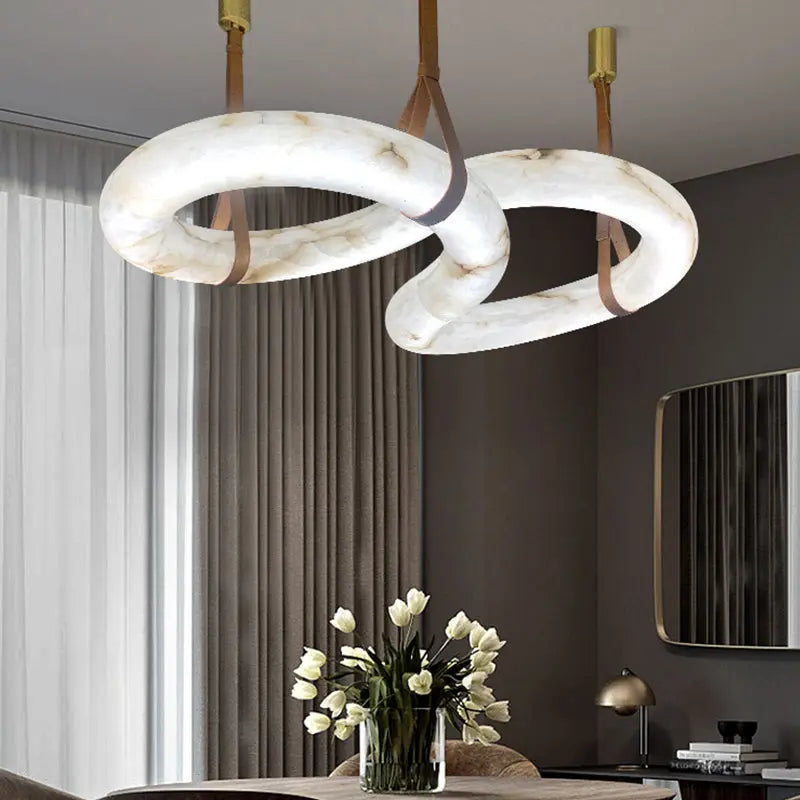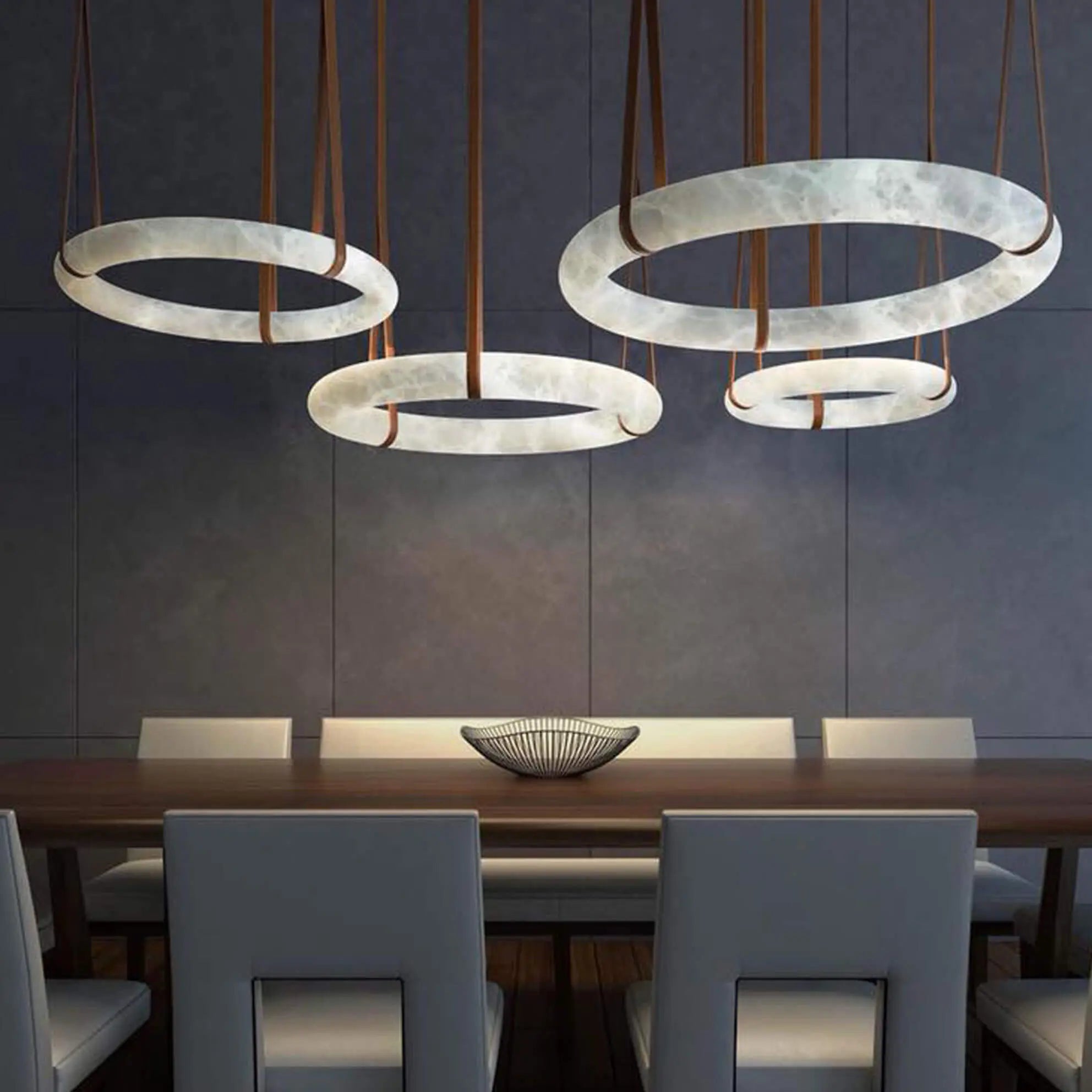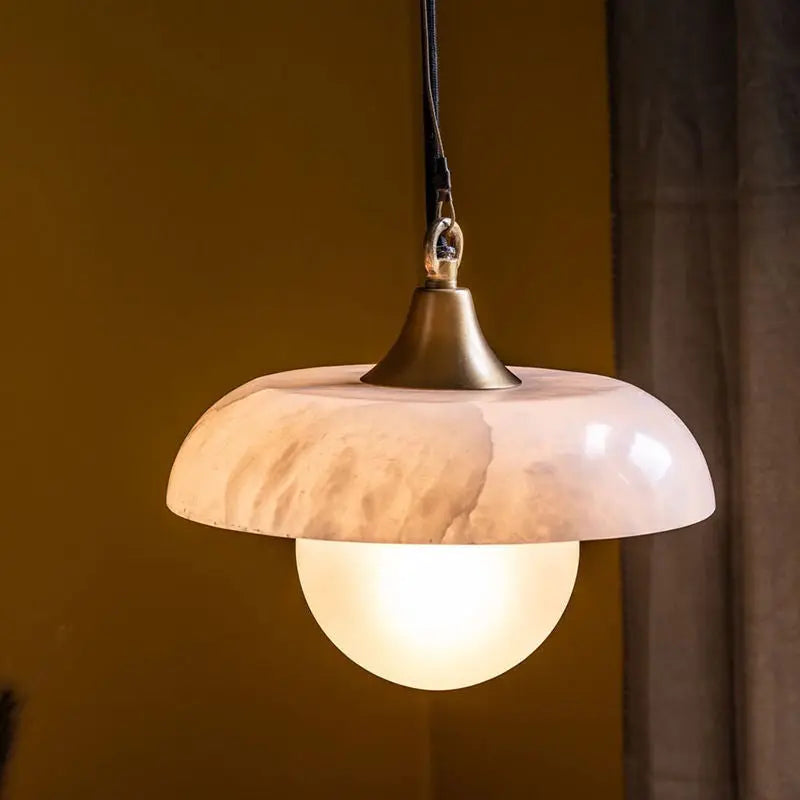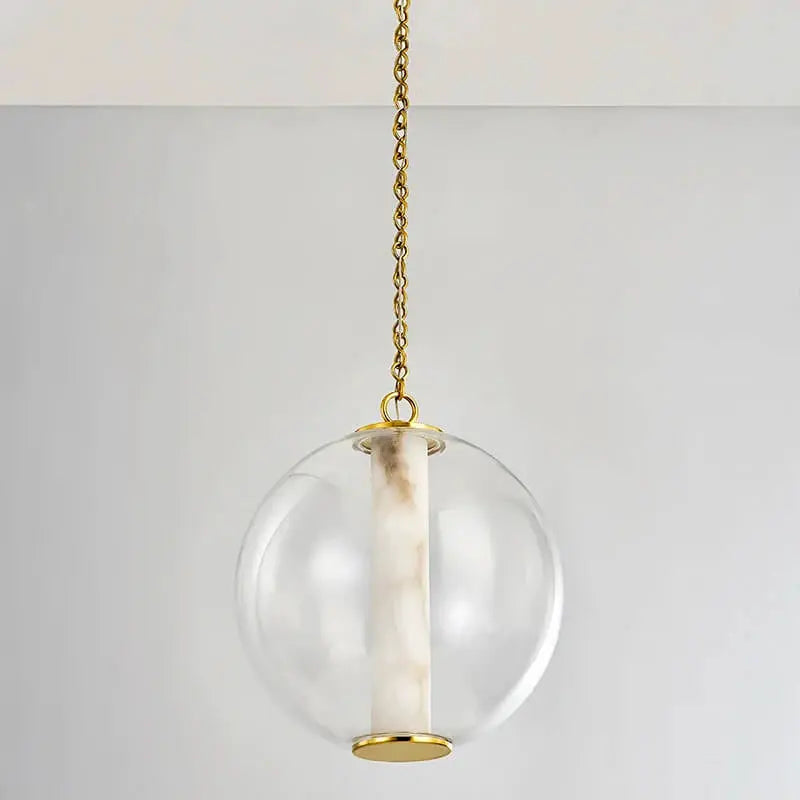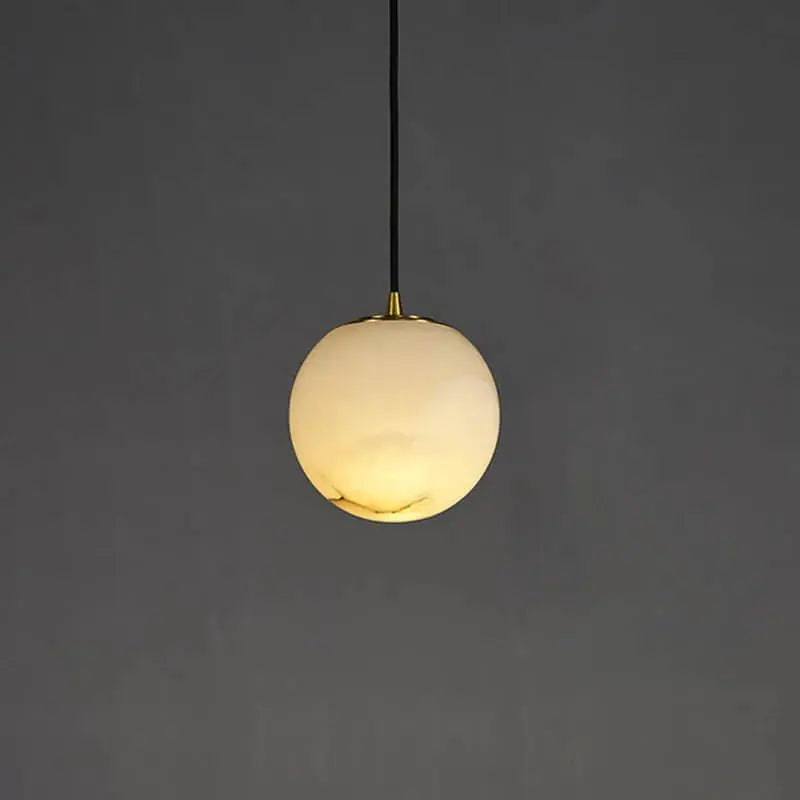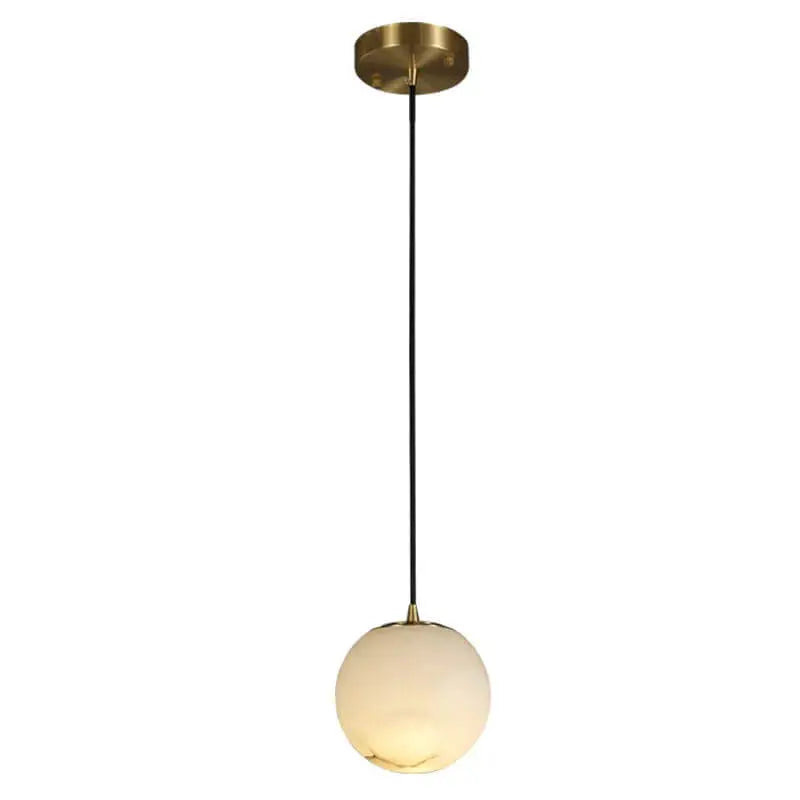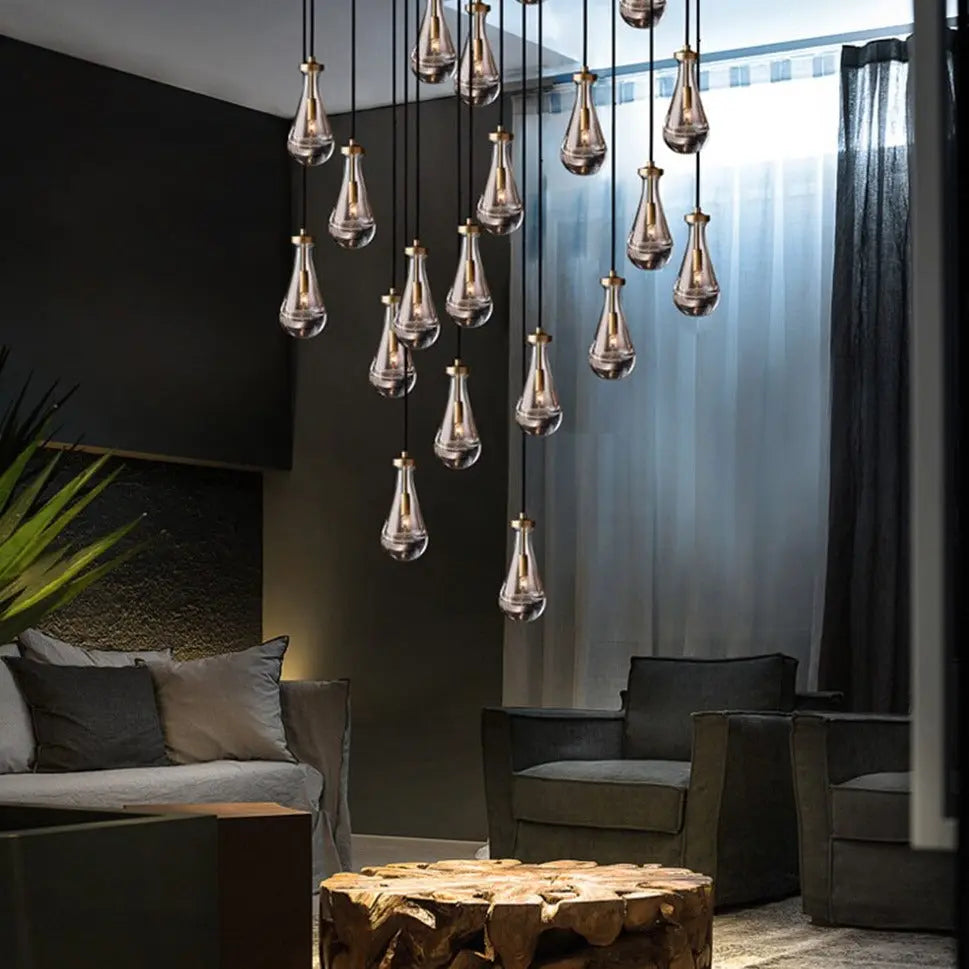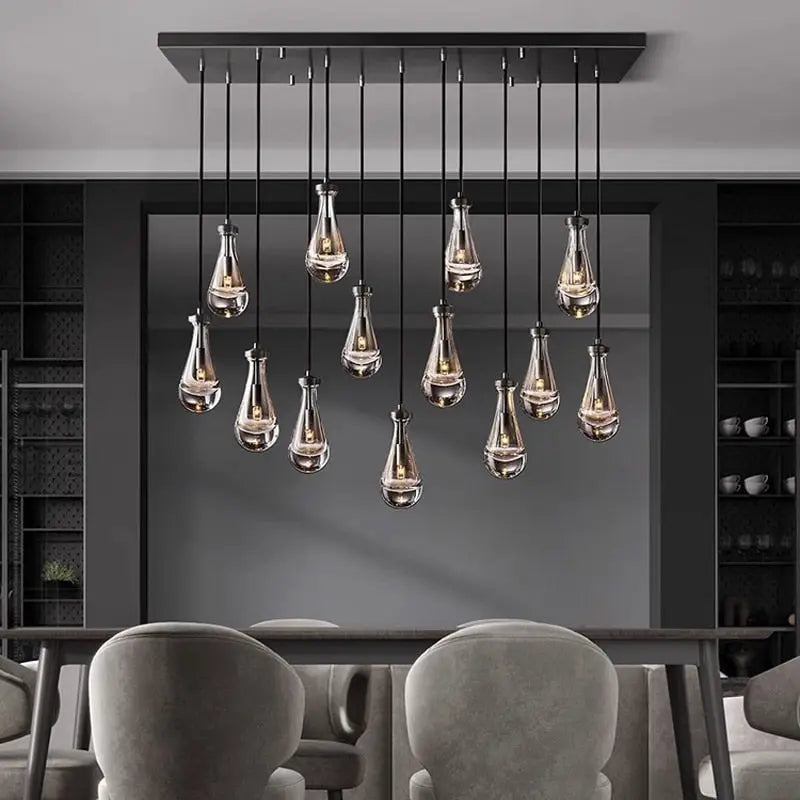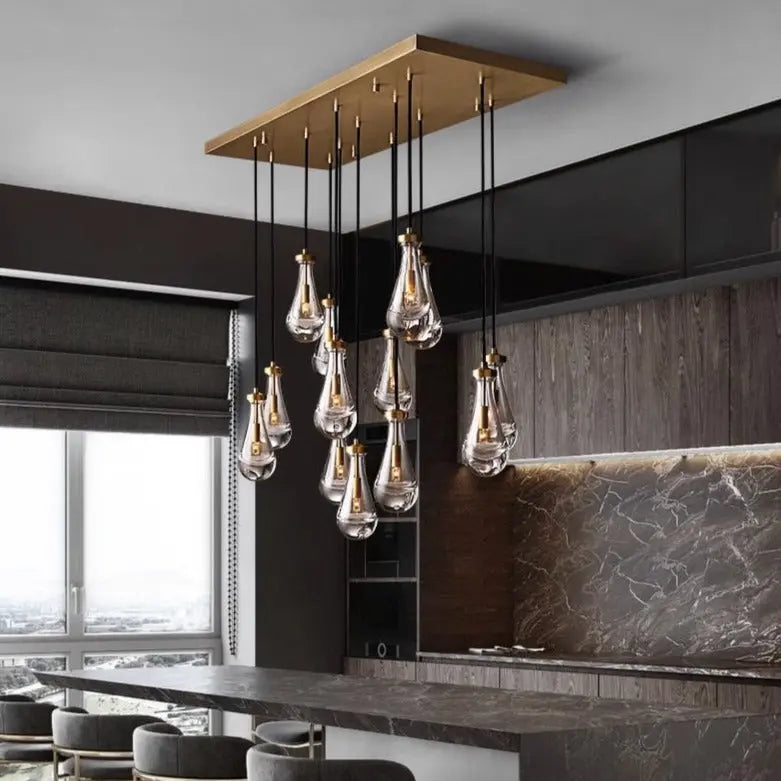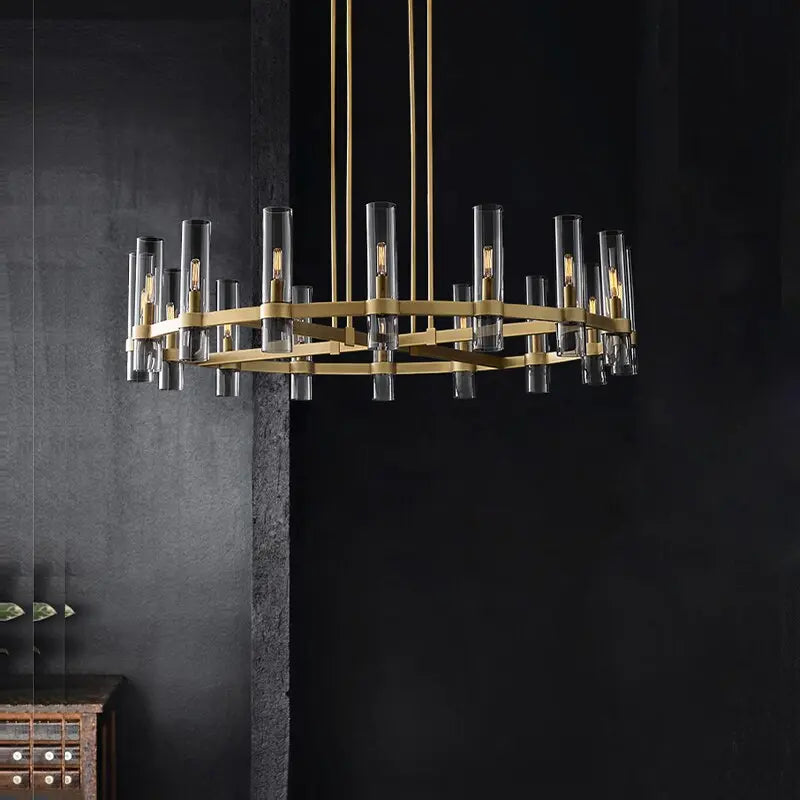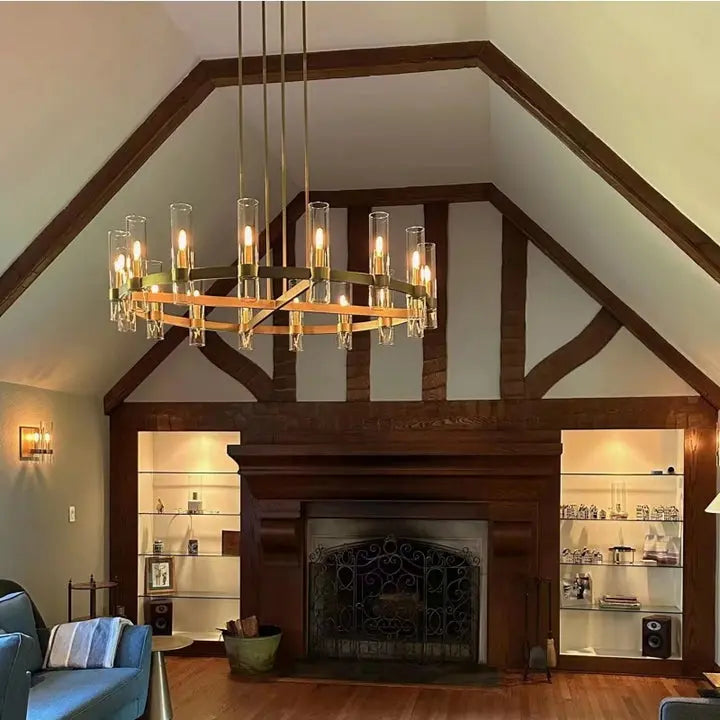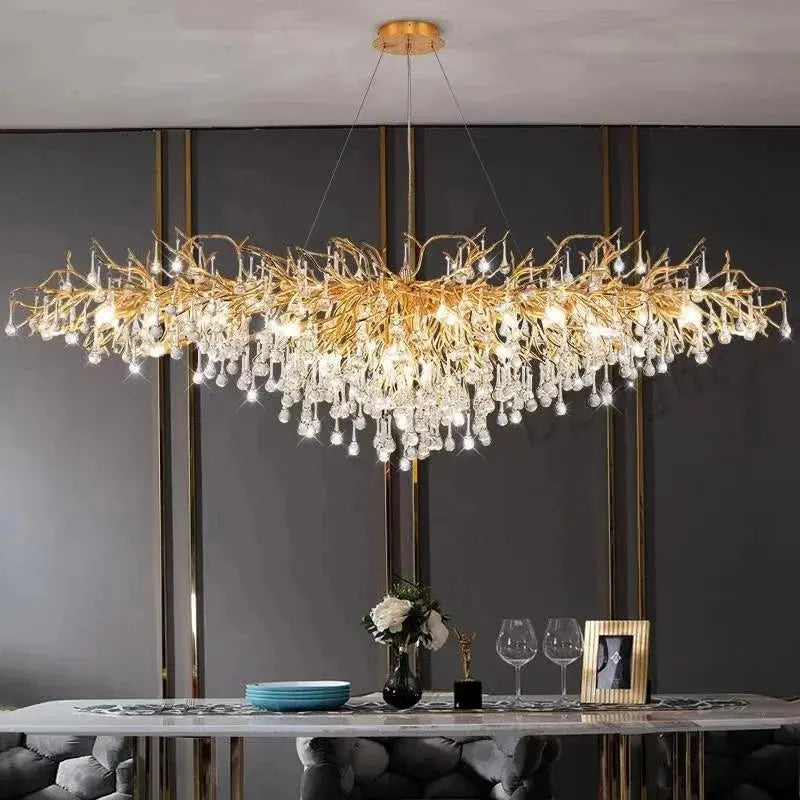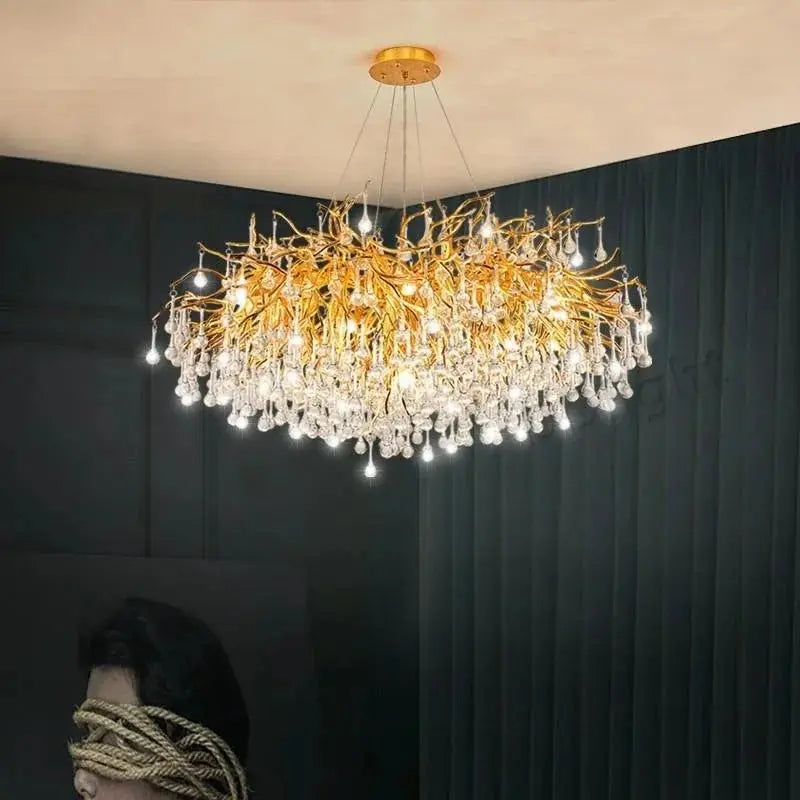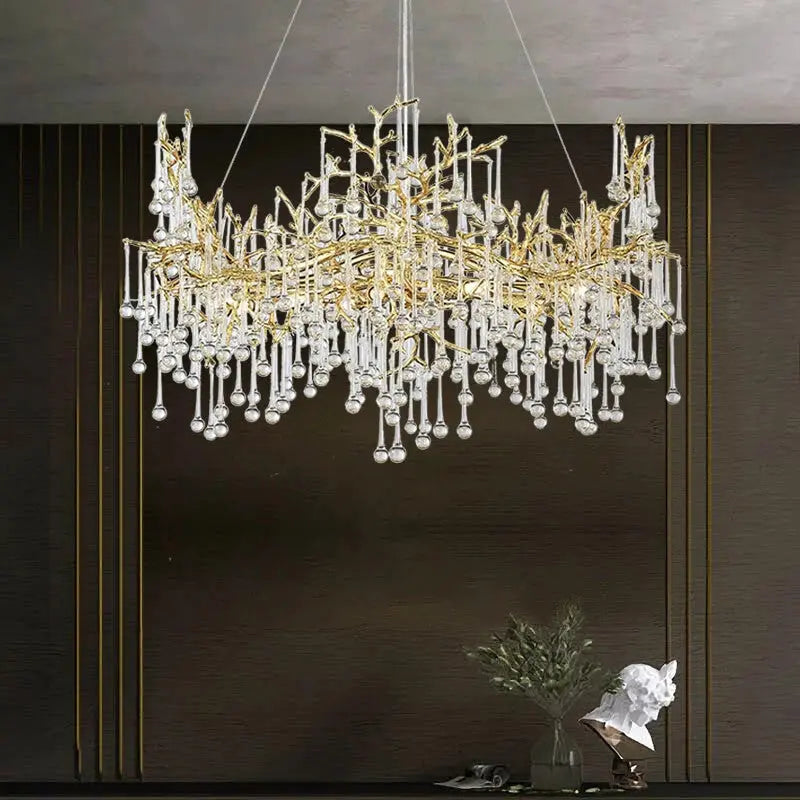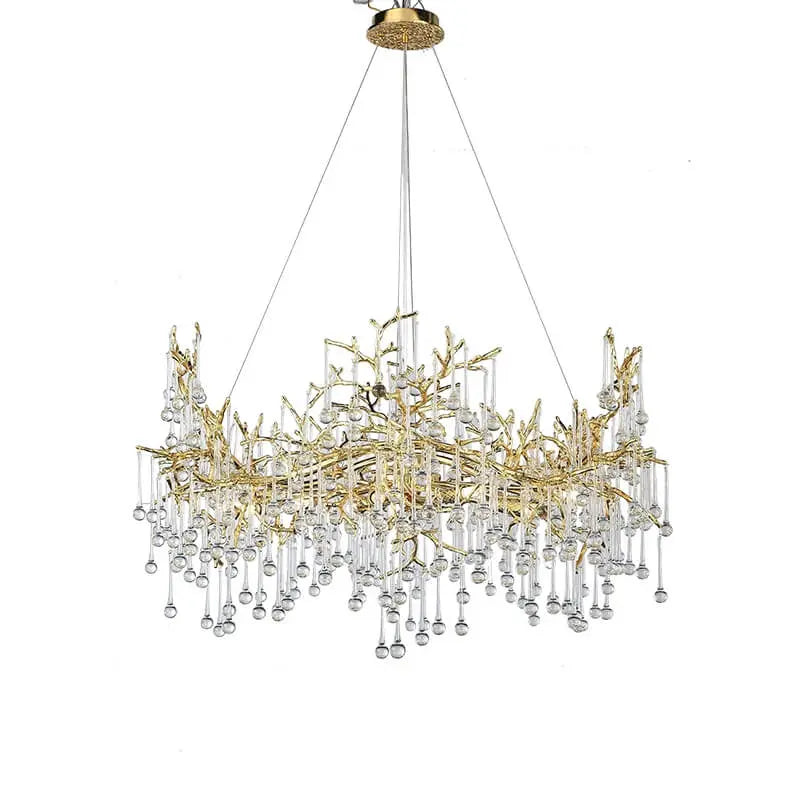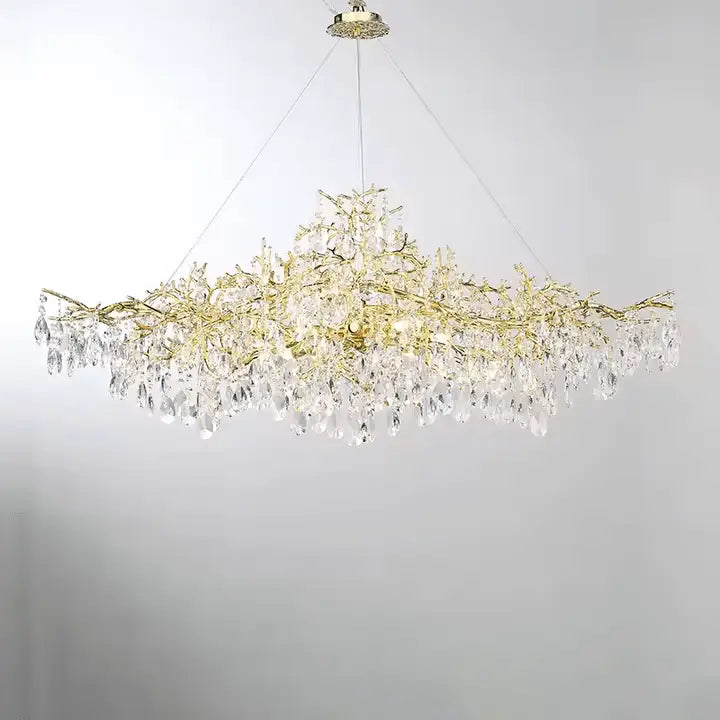In today's fast-paced world, embracing minimalism can bring a sense of peace and clarity to your life. Minimalist homes focus on simplicity and functionality, creating serene spaces that allow you to enjoy what truly matters. This article explores the essence of minimalist living, offering practical tips and insights for designing your own tranquil home.
Key Takeaways
- Minimalist design emphasizes simplicity and functionality, creating peaceful spaces.
- Neutral color palettes, like whites and grays, promote a calm atmosphere.
- Functional furniture and smart storage solutions help keep spaces organized.
- Natural light is essential for a bright and airy feel in minimalist homes.
- Incorporating eco-friendly materials supports sustainable living.
The Essence of Minimalist Homes
Minimalist homes are all about simplicity and tranquility. They focus on clean lines and open spaces, creating a peaceful atmosphere. Here’s a closer look at the core ideas behind minimalist living:
Understanding Minimalist Philosophy
Minimalism is more than just a design style; it’s a way of life. It encourages us to:
- Eliminate clutter: Keep only what you need.
- Focus on quality: Choose fewer, but better items.
- Create harmony: Design spaces that feel calm and organized.
Key Elements of Minimalist Design
Here are some important features of minimalist homes:
- Sleek Structures: Simple shapes and straight lines create a sense of order.
- Natural Light: Large windows and open layouts let in plenty of sunlight, making spaces feel airy.
- Functional Spaces: Every area serves a purpose, often with multi-functional furniture.
| Feature | Description |
|---|---|
| Clean Lines | Straightforward designs that promote simplicity |
| Open Floor Plans | Spaces that flow together without barriers |
| Minimal Decor | Few decorative items to avoid clutter |
The Benefits of Minimalist Living
Living in a minimalist home can lead to:
- Less stress: A tidy space can help clear your mind.
- More time: Fewer possessions mean less cleaning and organizing.
- Increased focus: A simple environment allows you to concentrate better.
Embracing minimalism can transform your home into a sanctuary of peace and clarity. By focusing on what truly matters, you can create a space that reflects your values and lifestyle.
In summary, minimalist homes, whether they are Scandinavian, industrial, or mid-century modern, offer a unique blend of beauty and functionality. They remind us that less can indeed be more, leading to a more serene and intentional way of living.
Designing Your Minimalist Living Room
Creating a minimalist living room is all about embracing simplicity and functionality. A well-designed space can bring peace and clarity to your home. Here are some key aspects to consider:
Choosing a Neutral Color Palette
- Stick to soft colors like whites, grays, and beiges. These hues create a calming atmosphere.
- A neutral palette allows your furniture and decor to shine without overwhelming the space.
- Consider adding a pop of color through a single accent piece, like a cushion or artwork.
Incorporating Functional Furniture
- Look for furniture that serves multiple purposes, such as a sofa bed or a coffee table with storage.
- Choose pieces with clean lines and simple designs to maintain a clutter-free look.
- Functional furniture helps keep your living room organized and stylish.
Maximizing Natural Light
- Use sheer curtains to let in as much natural light as possible.
- Position mirrors strategically to reflect light and make the room feel larger.
- Keep windows unobstructed to enhance the airy feel of your minimalist space.
Embracing a minimalist approach means focusing on quality over quantity. Each piece should serve a purpose and contribute to the overall harmony of your living room.
By following these tips, you can create a minimalist living room that embodies modern interior design principles while providing a serene environment for relaxation and enjoyment. Remember, the goal is to create a space that feels open and inviting, allowing you to unwind and recharge.
Creating a Minimalist Bedroom Sanctuary
Selecting Simple and Elegant Bedding
When it comes to bedding, less is more. Choose simple, elegant pieces that promote comfort and tranquility. Opt for:
- Soft, neutral colors like white or beige
- High-quality materials such as cotton or linen
- Minimal patterns to maintain a serene atmosphere
Decluttering for a Peaceful Environment
A clutter-free space is essential for a minimalist bedroom. Here are some tips to help you declutter:
- Remove items that don’t serve a purpose or bring joy.
- Use storage solutions that keep things organized and out of sight.
- Regularly assess your belongings to maintain simplicity.
Incorporating Calming Decor Elements
To enhance the peaceful vibe of your bedroom, consider these decor elements:
- Natural materials like wood and stone for a warm touch.
- Soft lighting options, such as crystal chandeliers, to create a cozy ambiance.
- A few meaningful decor pieces that reflect your personality without overwhelming the space.
Embracing minimalism in your bedroom can lead to a more restful and rejuvenating environment. By focusing on simplicity and functionality, you create a sanctuary that promotes relaxation and peace.
Minimalist Kitchen Design Tips
Streamlined Storage Solutions
To keep your kitchen organized and clutter-free, consider these storage ideas:
- Use cabinets with clean lines to maintain a sleek look.
- Incorporate open shelving for easy access to frequently used items.
- Opt for hidden storage solutions, like pull-out drawers, to keep surfaces tidy.
Choosing Minimalist Appliances
When selecting appliances, focus on:
- Energy efficiency to reduce your carbon footprint.
- Sleek designs that blend seamlessly with your kitchen decor.
- Multi-functional appliances that save space, like a microwave that also bakes.
Maintaining a Clutter-Free Countertop
A clean countertop is essential in a minimalist kitchen. Here are some tips:
- Limit countertop appliances to only the essentials.
- Use decorative storage containers to keep items organized and stylish.
- Regularly declutter to ensure your space remains serene and functional.
A minimalist kitchen not only looks beautiful but also promotes a sense of calm and order. Embrace simplicity to create a space that feels both inviting and efficient.
Incorporating a unique marble chandelier can add a touch of elegance to your kitchen while maintaining a minimalist aesthetic. Consider how an elegant marble chandelier can enhance your overall design, especially in a farmhouse interior design context, where simplicity meets charm. Remember, the goal is to create a space that feels open and serene, allowing for easy movement and functionality.
Incorporating Minimalist Principles in Outdoor Spaces
Embracing minimalism outdoors can transform your garden or patio into a peaceful retreat. Here are some key ideas to help you achieve this:
Designing a Tranquil Garden
- Simplicity in Landscape Design: Keep your garden layout clean and uncluttered. Use geometric shapes and a limited color palette.
- Native Plants: Choose plants that are local to your area. They require less maintenance and blend well with the environment.
- Open Spaces: Create areas that feel spacious and airy by avoiding overcrowding.
Using Natural Materials
- Wood and Stone: Incorporate natural materials like wood and stone for a harmonious look.
- Minimalist Structures: If you add features like pergolas or gazebos, opt for simple designs without excessive decoration.
- Functional Furniture: Select outdoor furniture that is sleek and serves a purpose, focusing on quality over quantity.
Creating Seamless Indoor-Outdoor Flow
- Clear Pathways: Keep walkways clear to enhance movement between spaces.
- Strategic Lighting: Use energy-efficient outdoor lighting to highlight key areas, such as seating and pathways. This can create a cozy atmosphere without overwhelming the space.
- Decluttered Accessories: Limit outdoor decor to a few statement pieces, like a minimalist sculpture or a simple water feature.
By applying these minimalist principles, you can create an outdoor space that feels serene and inviting, allowing you to enjoy nature without distractions.
The Role of Lighting in Minimalist Homes
Lighting is essential in minimalist homes, as it helps create a calm and inviting atmosphere. Here are some key aspects to consider:
Maximizing Natural Light
- Natural light should be the main source of illumination. Use large windows and glass doors to let sunlight in.
- Consider adding skylights to brighten up darker areas.
- Keep window treatments light and airy to enhance the flow of light.
Choosing Minimalist Light Fixtures
- Opt for fixtures with clean lines and simple designs. For example, a sophisticated marble chandelier can add elegance without cluttering the space.
- Look for luxury marble chandeliers that blend seamlessly with your decor.
- Avoid overly decorative pieces that can distract from the minimalist aesthetic.
Creating Ambiance with Lighting
- Use a mix of ambient, task, and accent lighting to create depth. For instance:
- Install recessed lights for general illumination.
- Use table lamps for reading or focused tasks.
- Highlight artwork or architectural features with spotlights.
- Adjust the brightness and color of your lights to match your mood or activity.
Lighting can transform a space, making it feel larger and more open. Embrace simplicity to enhance your home’s beauty.
Sustainable Minimalism: Eco-Friendly Design Choices
Using Sustainable Materials
When designing eco-friendly homes, it's essential to choose materials that are sustainable. Here are some options:
- Bamboo: Fast-growing and renewable.
- Recycled Steel: Reduces waste and is durable.
- Cork: Harvested without harming trees.
Energy-Efficient Home Features
Incorporating energy-efficient features can significantly reduce your carbon footprint. Consider these:
- Solar Panels: Harness the sun's energy.
- Energy-Efficient Windows: Keep your home insulated.
- Smart Thermostats: Optimize heating and cooling.
Reducing Waste Through Minimalism
Minimalism encourages a lifestyle that minimizes waste. Here are some tips:
- Buy Less: Focus on quality over quantity.
- Repurpose Items: Give new life to old things.
- Compost: Reduce food waste and enrich soil.
Embracing sustainable home design not only benefits the environment but also creates a serene living space that reflects your values. Sustainable homes are a step towards a healthier planet, promoting a lifestyle of simplicity and mindfulness.
Sustainable minimalism is all about making smart choices that help the planet while keeping your space stylish. By choosing eco-friendly designs, you can create a home that looks good and feels good too. Want to learn more about how to make your home both beautiful and sustainable? Visit our website for tips and ideas!
Final Thoughts on Minimalist Living
As we wrap up our journey into the world of minimalist homes, think of your living space as a peaceful retreat where simplicity shines. By choosing calming colors, following minimalist design ideas, and mastering the art of simple decoration, you can create a home that feels balanced and serene. Remember, minimalism is not just about how your home looks; it’s a way of living that promotes calmness and purpose. So, take these tips to heart, let simplicity lead your choices, and turn your home into a peaceful sanctuary. Enjoy the process of designing your space!
Frequently Asked Questions
What is minimalist design?
Minimalist design is about keeping things simple and functional. It focuses on using only what you need and removing anything extra.
How can I create a minimalist living room?
To design a minimalist living room, choose neutral colors, use furniture that serves a purpose, and let in lots of natural light.
What are the benefits of living in a minimalist home?
Living in a minimalist home can reduce stress, make cleaning easier, and create a calm and peaceful environment.
How do I choose colors for a minimalist space?
Stick to soft, neutral colors like whites, grays, and beiges to create a soothing atmosphere.
What furniture works best in a minimalist home?
Look for clean-lined, functional furniture that doesn’t take up too much space and serves a clear purpose.
Can I still decorate in a minimalist style?
Yes! Just choose a few meaningful decor items that you love instead of filling your space with lots of things.




